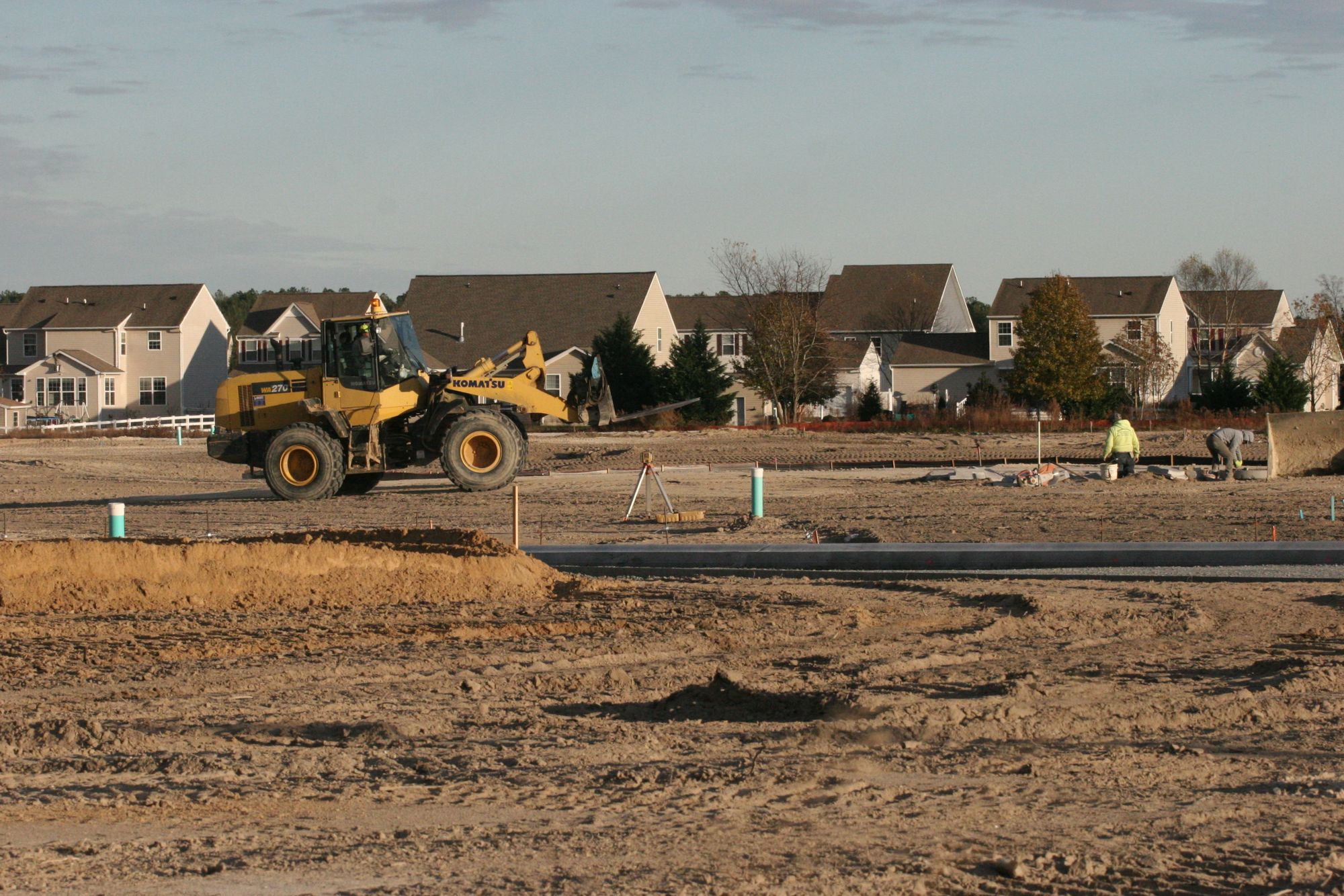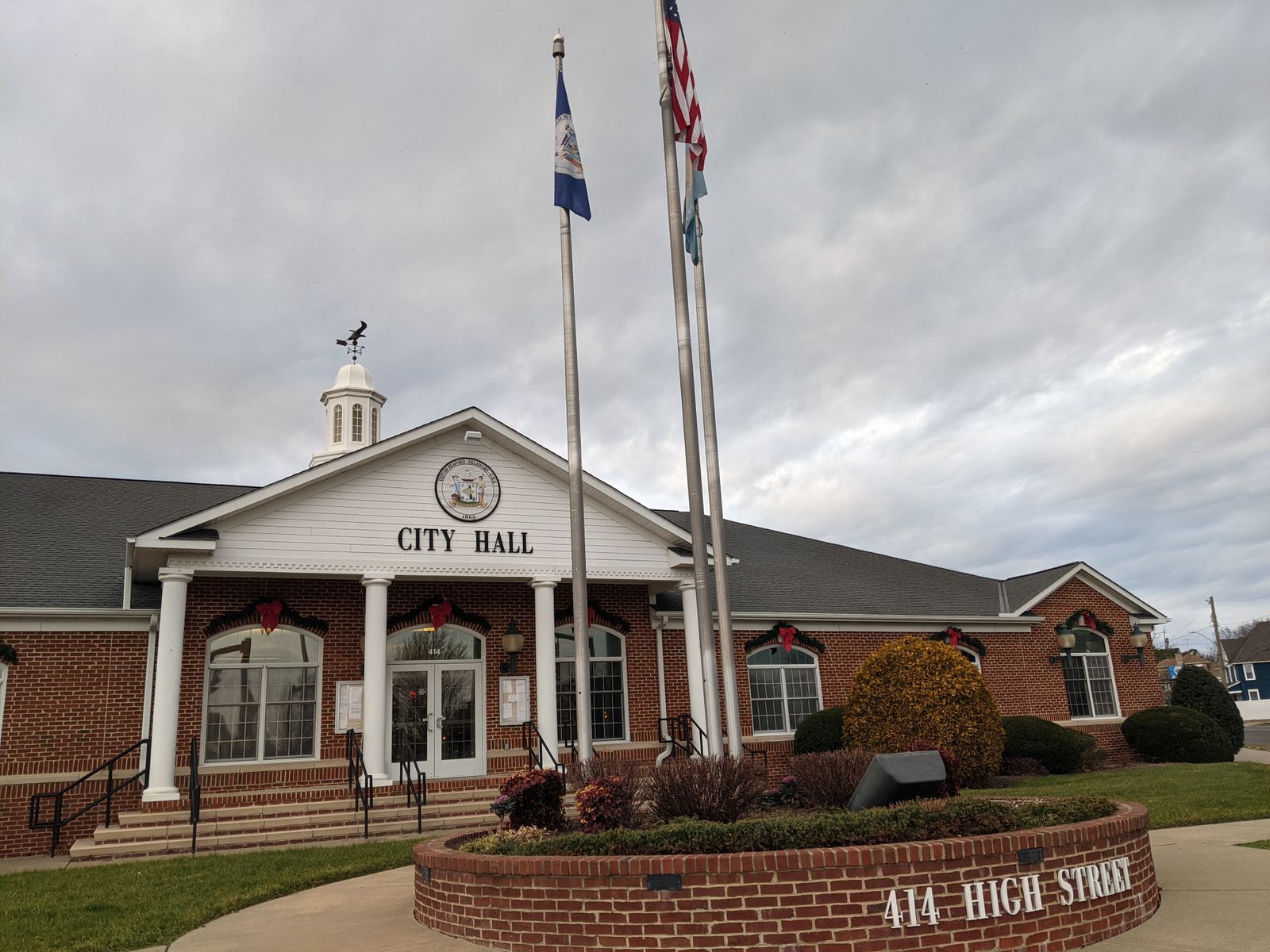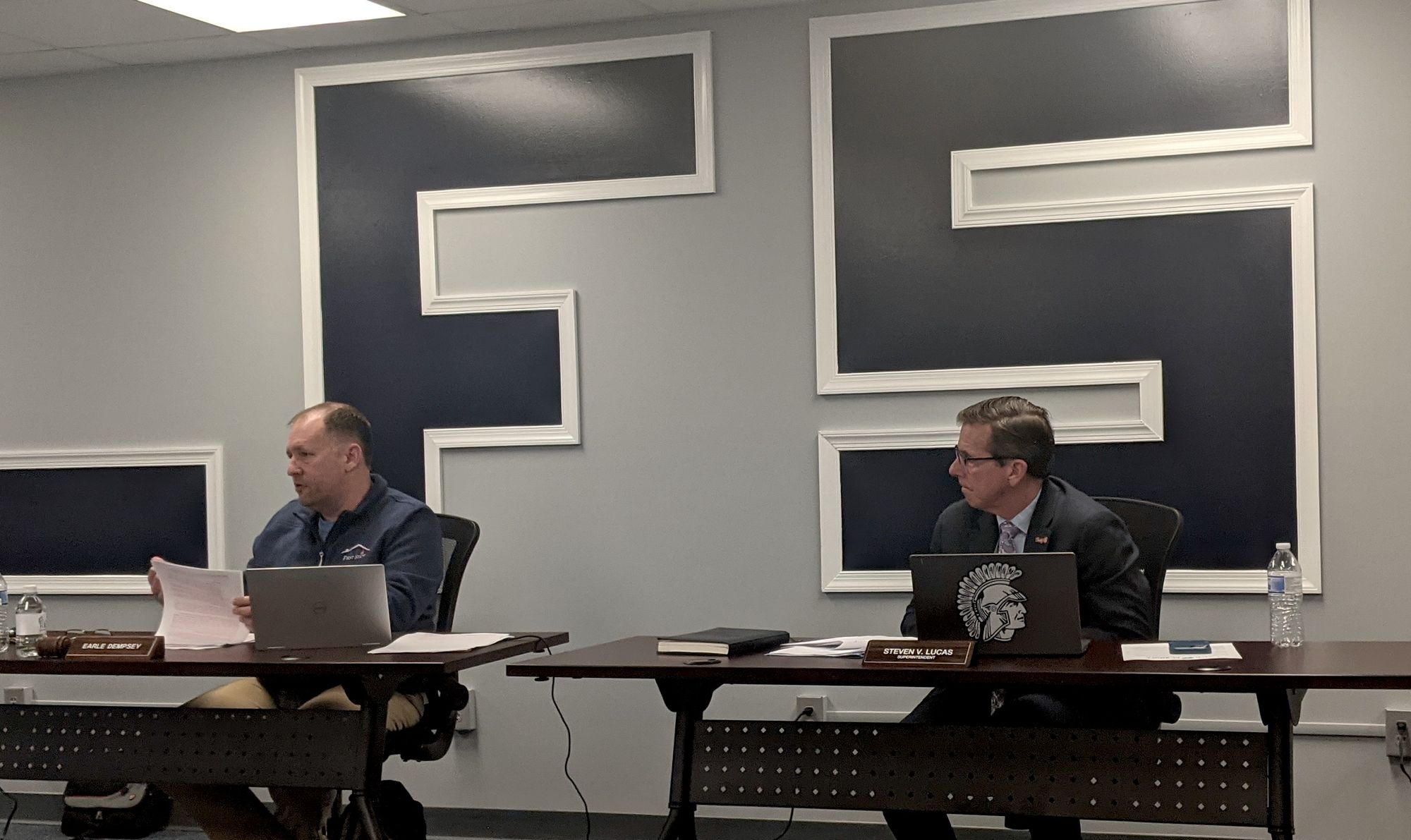As the building boom continues, efforts to preserve rural land face challenges

Unless southern Delaware starts building skyscrapers, its soaring population will need ever more land for housing if trends continue. And usually, those acres will be carved out of farm fields and forests.
“We’re losing so many forests,” said Chris Bason, executive director of the Delaware Center for the Inland Bays. “Every day, you read in the paper about another hundred acres proposed to get whacked.”
Efforts have been underway for some time to preserve some of that land. As part of the effort, Sussex County recently announced it would set aside more than $5.5 million from extra tax revenue this fiscal year to purchase land for open space. Some are advocating for the state to also spend more money while it still has the chance.
“This area is being completely, completely marketed as a unique experience with a coastal environment,” Bason said. “When you look in the papers, and you see the next new development (advertised), you don’t even see houses, you see water and a dock. So that’s what they are selling.” But open space protection is not keeping up with the demand for development, he said.
That demand is considerable.
“It’s astonishing what’s happened in the last couple years, there’s no question about it,” County Council member John Rieley told a group at the Lewes Library a few weeks ago at an event marking the anniversary of the devastating Storm of ‘62. Rieley sees the development as being pushed to new levels partly by a trend of people being able to live at the beach and work remotely.
Even if there were some kind of moratorium today on new construction – not a likely scenario – the building of new projects would continue because of already approved permits.
“There’s four or five years’ worth of work in the pipeline that’s already approved,” Rieley estimated.
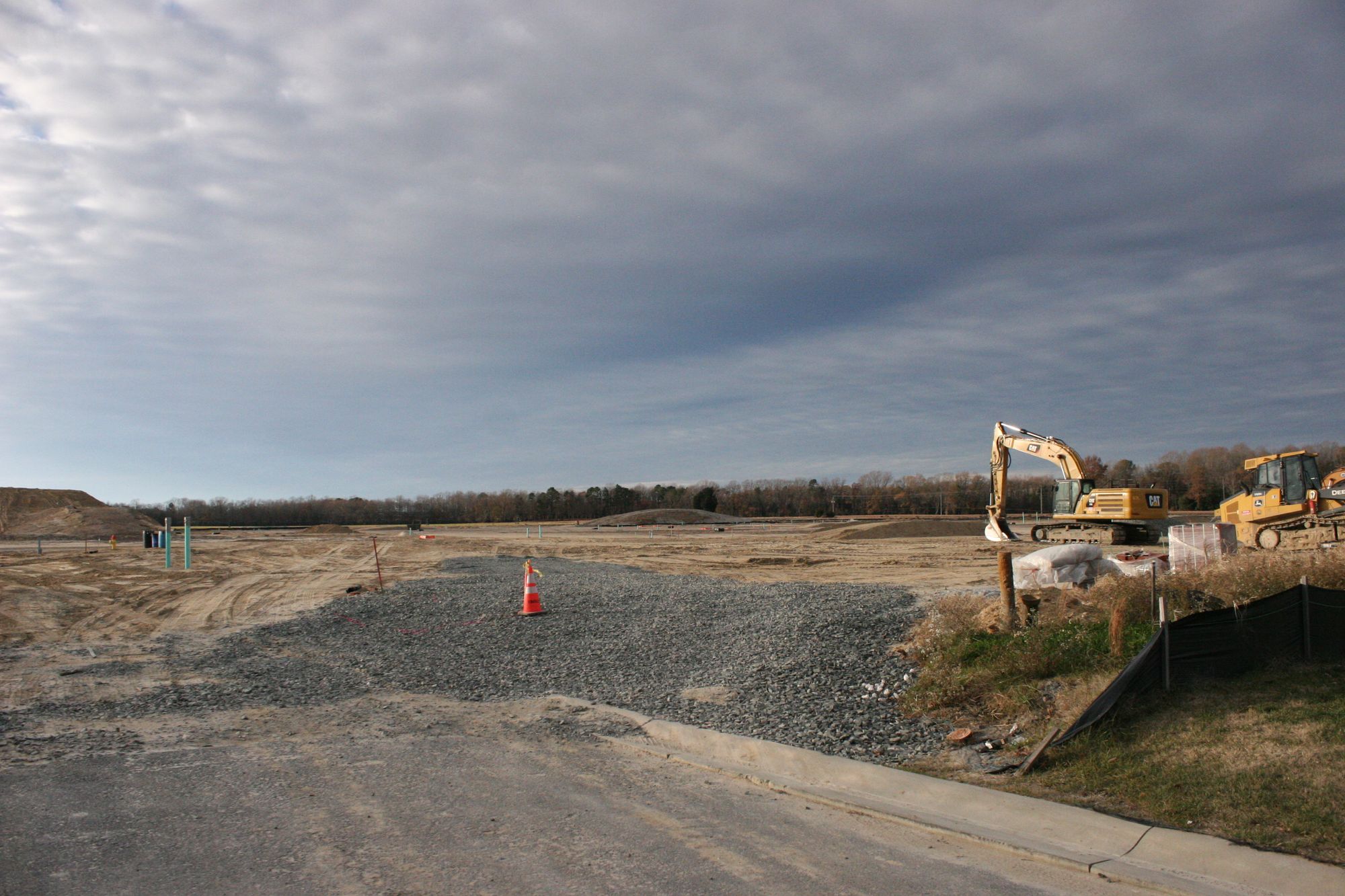
Bason said Sussex County does not have the same kind of low-density rural zoning restrictions as other counties in the area.
“We have to assume in our area, eastern Sussex, if it’s not protected already, is going to be a housing development,” he said.
He estimated that the allowed population in Sussex County, as it's zoned now, would be around 2 million people. (That estimate, of course, includes developing every inch of farmland, so we’re talking about a long time period.) But, Bason said, looking to the future is what planning is supposed to do. His estimate also doesn’t take into account “upzoning” to allow even more density.
Sussex County's population in the latest Census was over 237,000.
Developers and incoming residents aren’t the only ones claiming land. The sea is doing it too, and that's also a threat to undeveloped land, much of which lies along Delaware's coast. An analysis by the Department of Natural Resources and Environmental Control, done a decade ago, estimated the state could lose about 8 percent to 11 percent of its land to sea level rise over the next century. In the neighborhood of 40 percent of land now protected by conservation could be lost.
How does open space preservation work?
There are a number of groups in the business of locking down land for future generations to enjoy as open space. One of those is the Sussex County Land Trust, based in Lewes. Another is the state through its Delaware Open Space Program, which coordinates the purchase of land for state parks, wildlife areas, state forests and more. The program also works with landowners who want to put all or some of their land in a conservation easement, which keeps it from being developed “in perpetuity.” Sussex County also sets aside money regularly for the purchase of open space, Finance Director Gina Jennings said.
These groups might keep the land as it is, plant forest on it, or keep it available for farming. When people put their land in a conservation easement, it stays there for good even if the owner sells it, according to the Open Space Program. Or at least, it’s difficult to remove. Elena Stewart, DNREC’s Open Space Program coordinator, said in an email that it takes an act of the General Assembly to take it out of conservation use.
Not all preservation is the same. Landowners, a bit confusingly, can also get their land labeled an agricultural preservation district through a voluntary agreement with the Department of Agriculture, according to its website. This is not permanent, though. It’s a 10-year deal to use the land only for agriculture, with the landowner benefiting by exemption from realty transfer tax. It can be the first step in permanently preserving the land, if the state reaches an agreement to pay the landowner to give up development rights. But that might not happen.
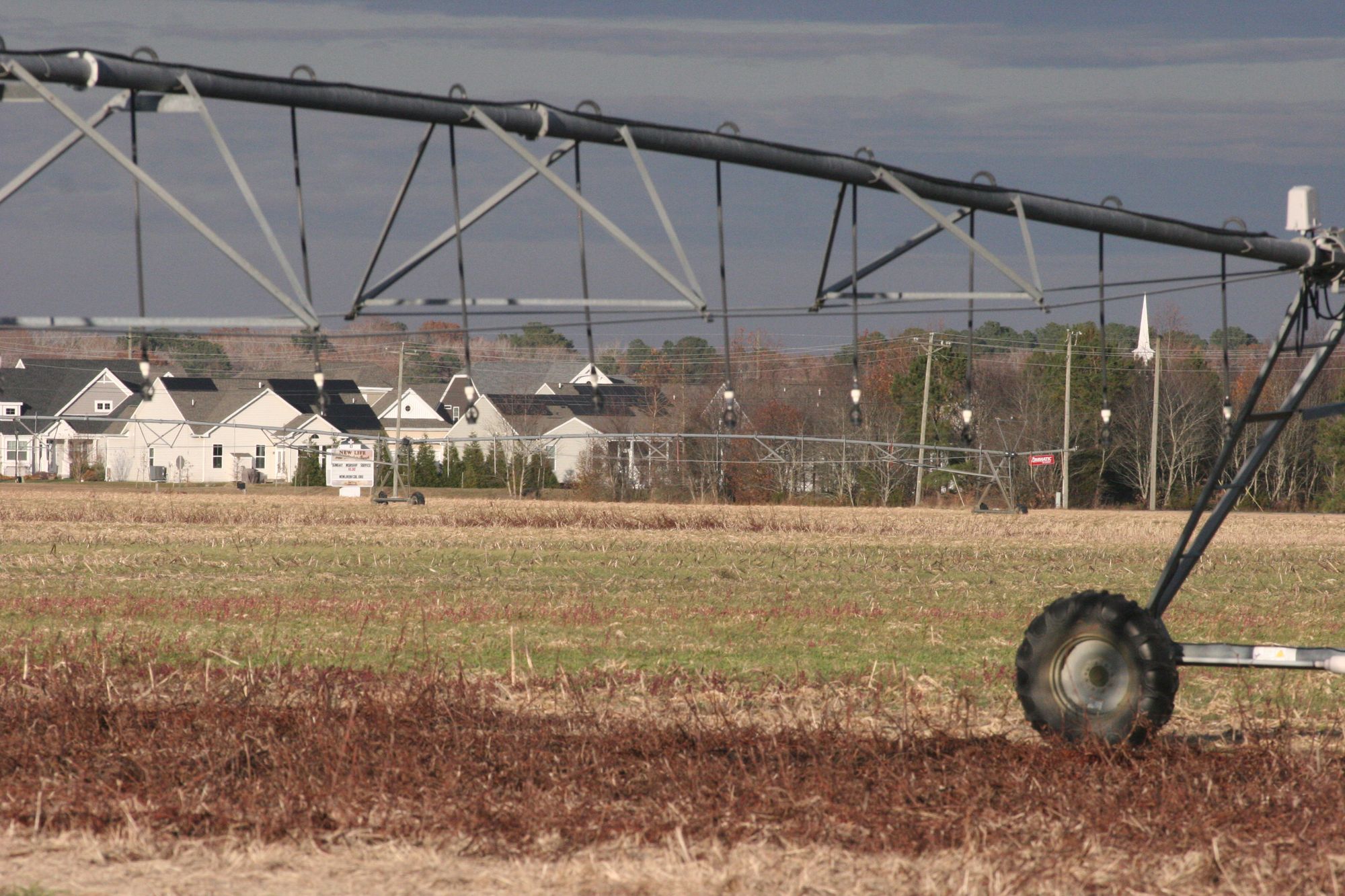
How the county will use the money it has set aside
Sussex County typically budgets about $1 million to $2 million a year for open space, Jennings said.
Ironically, it’s the county’s rapid growth that has resulted in so much more money being available for open space. This past fiscal year, the county brought in about $12 million more from the real estate transfer tax than it budgeted. That tax is collected at the sale of property.
The Council voted to send a big chunk of that extra money, more than $6 million, to towns for use on projects like public works and public safety. Another large portion, $5,556,000, has been set aside to buy and preserve open space.
“Space acquisition has been a priority of this Council, and of late it seems to have risen to a top priority,” Todd Lawson, Sussex County administrator, said.
This is rooted in the county’s comprehensive plan, he said. “This Council takes a pretty close look at what the recent update to the comp plan has said about where the priorities of the Council should be, and this is one of those that they fully endorse and want to see action.”
What they mean by open space is undeveloped land, including agricultural or forest land. Ag use does not include farming with chickenhouses, Lawson said, but instead counts when “it basically has very limited manmade improvements on the property.” That land might remain in agriculture after it's purchased for open space.
Once the county buys the land, it will decide if the property is suitable to open up for limited public access. That might include what Lawson referred to as “passive recreational area,” with perhaps trails and a picnic area. He cited as an example Woodland Park southwest of Seaford toward Woodland Ferry, part of which used to be a golf course. After the county bought it, part of the land, which had been used for dumping Nanticoke River dredging spoils, was not opened to the public. But another portion did become the park.
How the land is used will depend on what parcels the county ends up buying with the new influx of money. They have identified some properties and are pursuing them, Lawson said, but they are not ready to announce details.
“We’re hopeful that a few of the parcels that we have in our line of sight will be acquired with this funding in the very near future,” he said.
However, just because the money comes from this year’s budget doesn’t mean it has to be spent immediately if a sale doesn’t work out. Jennings said she would just rebudget it next year.
At the County’s March 1 meeting before the vote on the allocation, Seaford resident Nan Zamorski commended the idea to use transfer tax money for open space. “I think that’s a great suggestion,” she said. “... We do need it, and I hope that this can just not just be a one time thing but an ongoing support. In fact, in the past there has been some problems with up and down funding.”
Council member Rieley agreed this is good use for the money, but clarified that because the extra money came from a transfer tax windfall, “we can’t promise that this will be an ongoing thing.”
How much money should we spend on preservation?
For decades, the state has earmarked $10 million a year to its Open Space Program. But that money doesn’t go as far as it once did. You’d need more than $16 million today to buy the same amount as $10 million did in 2001 because of inflation.
And as many who have tried to buy a home recently are painfully aware, real estate prices have been shooting up too.
That can leave land preservation organizations outgunned by developers when iut comes to money.
“It’s just crippled what that program can do,” Bason said. “So we’re really pushing from an advocacy perspective to increase state level funding for open space.”
Also, he said, the state sometimes reneges on that money in tight budget years, to the tune of tens of millions of dollars over time. Not buying cheaper land with that money years ago, he said, “was a real missed opportunity. The state took its foot off the gas, and we’re really trying to reinvigorate that. We still have a chance to protect a lot of land statewide.”
Bason said there is tremendous interest in doing this, especially in Sussex, and a recent collaboration called the Sussex Conservation Partnership has been productive. He praised the county for regularly investing in preservation and adding the extra money this year.
“The county’s doing great, and we’re working on the state to do the same to really bring back the purchasing power and make up for lost time,” he said.
The Center for the Inland Bays is leading a coalition with the goal of increasing Delaware's open space money from $10 million to $25 million this year, Bason said.
Stewart confirmed land prices have put a pinch on preservation. Of the $10 million yearly, they get $9 million to purchase land, and that’s split between four agencies.
“We are often priced out of high value areas like coastal Sussex,” she wrote. “We also only pay the appraised value, so we have been getting outbid.”
However, she also said that the Open Space Program has preserved 64,612 acres since it began. (That’s about 5 percent of Delaware’s approximately 1.3 million total acres.) Land in Sussex County includes many parcels added on to Redden State Forest near Georgetown, which has grown to almost 13,000 acres according to the state.
You can see maps of the preserved land in a recent program report.

The best land to preserve
When it comes time to spend that limited money, some parcels are better than others. Bason said mature, healthy forest is a top priority, especially woodland that is next to other, larger forested areas. Preserving large forested areas helps species that need more land for breeding and migration.
“Forests are key for healthy watersheds. You have to have forests if you’re going to have clean water in your rivers and your streams and your bays,” he said. Waterfront land is also a priority, since it’s becoming harder to get.
Bason also said land at risk of flooding from sea level rise can still be a great parcel to protect, so that if it floods in the future it can naturally become marshland.
“It takes a lot of work to have success (in coastal areas), just because the development pressures are so great, those lands are so valuable,” he said. “So identifying just the right ones that are affordable, and that do make ecological sense, is important.”
Should we be pouring that kind of money into preserving land?
“It is totally worth it from an economic perspective, a health perspective, a climate perspective. It's just about the best thing for the environment that you can be doing with public money right now,” Bason said.
More stories:

